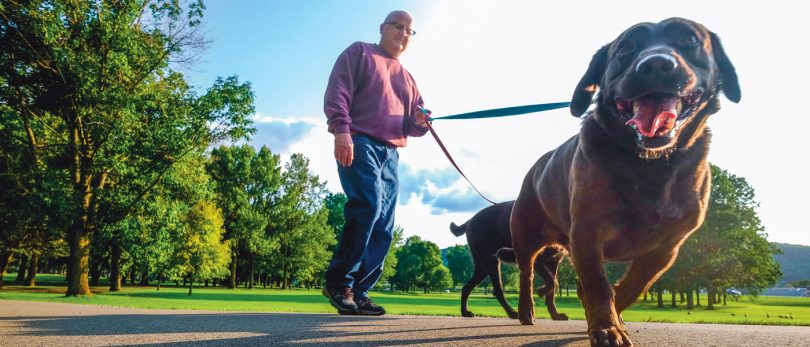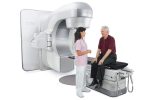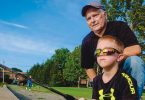Binghamton resident Mike Boyko is a lifelong recreational athlete, so when the 58-year-old was diagnosed with prostate cancer earlier this year, he knew exercise could help sustain him physically and mentally during treatment. Soon after diagnosis, he joined UHS’ HOPE program, a free, 12-week, medically supervised exercise program for cancer patients with an important advantage — regular interaction with other patients and a staff who is there to support safety and well-being.
Web Exclusive
7 benefits of exercise during cancer treatment
- Reduces effects of cancer-related fatigue
- Increases strength and stamina
- Lessens the risk of osteoporosis
- Decreases feelings of anxiety and depression
- Improves balance and reduces risk of falls
- Reduces nausea
- Has been shown to reduce future cancer risk by 25–30 percent
Participants in HOPE, which stands for Helping Oncology Patients Exercise, receive a health assessment to pinpoint cancer-related complications that may be affecting the patients’ well-being, including fatigue, loss of mobility and strength, and balance and nutritional problems. An exercise physiologist (EP) then creates a safe, personalized program of twice-weekly exercise or rehabilitation to help relieve or resolve the issues. Patients attend twice weekly to work with nurses, EPs and physical and occupational therapists as appropriate.
The HOPE program has safeguards that allow anyone to exercise, regardless of age and ability level, says Chris Clinehens, EP, who works directly with HOPE program participants. Once cleared by a provider, all cancer patients and survivors are qualified to join. No previous experience with an exercise program is needed. “Exercise has been shown to be beneficial to those with cancer, to improve overall health, build endurance and help fight the side effects of chemotherapy and radiation,” he says.
And once the program is completed, participants can opt to join the gym as a paying member with unlimited use.
IN HIS WORDS
Mike Boyko, a systems engineer, shares his top reasons for participating in the UHS HOPE program while being treated for prostate cancer:
- It’s free. Why not take advantage of every support that’s offered to get you through treatment?
- It’s safe. It’s supervised by medical professionals in case there’s any problem.
- It’s supportive. You meet people in the same situation, which helps you to realize that you’ll never walk alone.
Mr. Boyko finds it useful to go to the gym even when fatigue keeps him from doing his prescribed exercise routine. “Just going and doing something helps me break through frustration and tires me out so I can sleep better,” he says. In addition, he says that talking with other gym members and the attentive staff helps reinforce the feeling that he is never walking alone on his journey through treatment. “They listen to you and they care.”
Patients enjoy HOPE precisely because it’s not in a traditional gym environment, explains Mr. Clinehens. Staff greet members personally and are aware of their medical history and health challenges. Medical professionals are always on hand to monitor vital signs and answer questions, and the gym is cleaned to hospital specifications for the safety of patients with weak immune systems. Members can easily interact with each other. “The social atmosphere is the No. 1 reason people keep returning,” Mr. Clinehens says.
After completing the HOPE program, Mr. Boyko joined the gym and continues to take advantage of the safety and social support he’s found. “It’s helped me physically and mentally, and it keeps me moving and committed. It’s definitely worth the time and effort to go.”
WORK OUT WITH HOPE
UHS offers free medically supervised exercise for cancer patients and survivors. To find out more, call 762-2178 or visit the HOPE Program.





